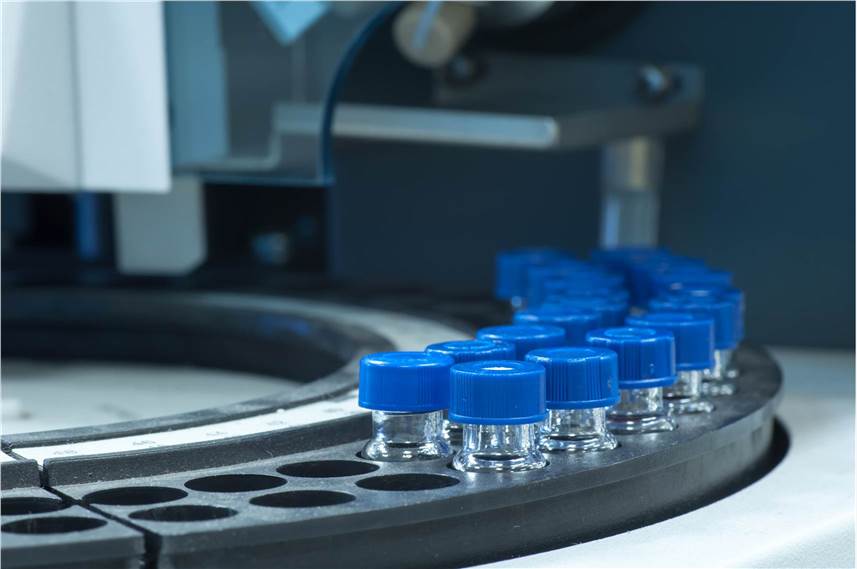To survive and reproduce, organisms need to adapt their morphological and physiological characteristics to different environmental conditions. These eco-physiological adjustments can be identified and quantified using metabolomics techniques. Plant metabolomics studies all small molecule metabolic components in plant cells. With the continuous development of high-throughput and high-resolution metabolic detection technologies, bioinformatics plays an increasingly important role in plant metabolomics research.

Lifeasible has a state-of-the-art technology platform for mass spectrometry analysis and has been engaged in plant metabolomics research for over a decade. We can combine multiple bioinformatics technologies and statistical methods to efficiently analyze high throughput metabolic data to reveal the underlying genetic signature of plant metabolites.
The main techniques used in plant metabolomics research include nuclear magnetic resonance (NMR) spectroscopy, liquid chromatography-mass spectrometry (LC/MS), and gas chromatography-mass spectrometry (GC/MS). The bioanalytical process for plant metabolomic data includes data pre-processing, statistical analysis, and database search and comparison.
Depending on the purpose of the study, the type of data, and the statistical analysis method, we will choose the appropriate pre-processing methods, mainly noise reduction, baseline correction, normalization, and data normalization.
Metabolomics analysis begins with a significance test for differences in the data to determine whether random fluctuations cause variation in the data. We commonly use t-tests and U-tests to compare whether differences between two data sets are significant. Variance (ANOVA) analysis is required when analyzing the statistical significance of differences between data from multiple sample metabolomes. Overall randomness can be verified by the D-method, W-method, or chi-squared test, and chi-squareness can be tested by the Barlett or Levene method.
Multivariate analysis can be divided into a supervised method and an unsupervised method.
The analysis of metabolomic data cannot be done without various databases. Commonly used metabolomics databases include reference spectral databases such as MassBank, METLIN, and NIST; metabolic pathway databases such as KEGG, PlantCyc, and MetaCye; and compound information databases such as PubChem, ChemSpider. The metabolomic data were compared with these databases and integrated to obtain the metabolic networks of the plants to be analyzed.
| Plant Species | ||
|---|---|---|
| Oryza sativa L. | mulberry | Glycine max (Linn.) Merr. |
| Solanum lycopersicum L. | Zea mays L. | Gossypium spp |
| Nicotiana tabacum L. | Brassica napus L. | Panax ginseng C. A. Meyer |
| Panax quiquefolium L. | Hippophae rhamnoides L. | Talinum paniculatum (Jacq.) Gaertn. |
We provide the technical means to leap from the study of a single metabolite or a few metabolites to the simultaneous study of a large number of metabolites as a whole or at a certain level, breaking the limitations of a narrow level of analysis and insufficient data information. In addition, we can combine genomics, proteomics, transcriptomics, and metabolomics to provide a comprehensive analysis of gene, protein expression, and metabolite changes, allowing for the construction of a more comprehensive biological information network on plant metabolites.

Lifeasible has been dedicated to providing our clients with plant metabolome bioinformatics analysis services for many years. Please feel free to contact us with your questions, needs, or collaboration.
Lifeasible has established a one-stop service platform for plants. In addition to obtaining customized solutions for plant genetic engineering, customers can also conduct follow-up analysis and research on plants through our analysis platform. The analytical services we provide include but are not limited to the following:
Get Latest Lifeasible News and Updates Directly to Your Inbox
Adaptive Evolutionary Mechanism of Plants
February 28, 2025
Unraveling Cotton Development: Insights from Multi-Omics Studies
February 27, 2025